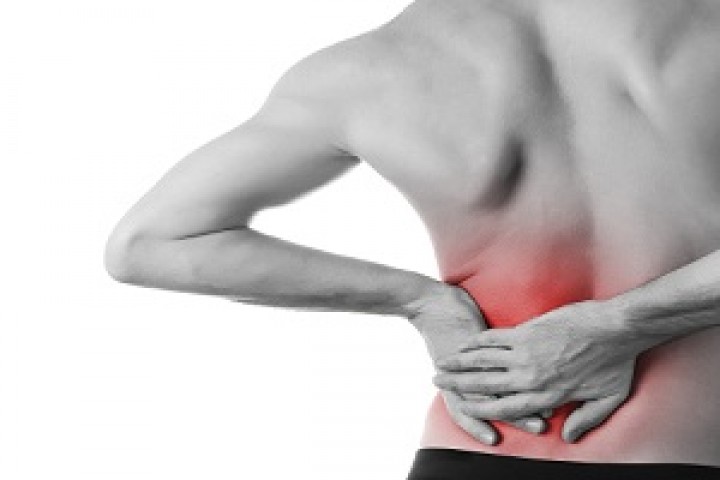Spinal degenerative problems are conditions affecting the spinal column. They consist of herniated discs, degenerative disc disease and spinal stenosis. These various problems may occur either separately or simultaneously in one person.
Just like what they’re called suggests, spinal degenerative problems are due to the normal wear and tear that happens on the vertebrae (bones that make up the spinal column) and cartilages (connective tissues between the vertebrae). Definitely, the primary cause of the deterioration of the mentioned parts of the spine is the normal aging process. There are certain contributing factors, however, that speed up the degeneration process. They include illness, obesity and overexertion.
There are a handful of telltale signs that you are suffering from a spinal degenerative problem. Naturally, there is lower back pain that tends to worsen when you sit down. You may have the urge to change position all the time in order to get rid of the pain experienced. This particular spinal degenerative problem symptom tends to intensify when you bend, twist your body or lift heavy objects. It’s also not unlikely for you to experience numbness, tingling and weakness in the neck, back and even your extremities when a degenerative problem concerning the spine is present.
Different Spinal Degenerative Diseases
Spinal degenerative problems are made up of different diseases that affect the vertebrae or cartilages of your spinal column. They are the following:
- Herniated disc – This condition refers to the protrusion of the soft discs found in between the vertebra. Although it may be brought about by trauma or injury, herniated disc is more commonly due to aging. Some of the most common sites along the spinal column where herniated disc tends to happen include the lower back and neck. It may also take place in the mid-back although it’s uncommon. Herniated disc is also referred to as slipped disc, bulging disc, protruding disc or herniated nucleus pulposus.
- Degenerative disc disease – Also known as spondylosis, this problem involves the degeneration of the discs that separate one vertebra from the other. When this condition happens, abnormal weakness of the spinal column in the affected areas takes place, leading to pain and even injury to the spinal cord or nerves. Degenerative disc disease’s symptoms may interfere with the affected individual’s normal daily living due to pain.
- Spinal Stenosis – This particular spinal degenerative disease type involves the narrowing of the open spaces in the spinal column, including the spinal canal where the spinal cord is found. Commonly occurring in the neck and lower back, pain is felt by the individual with spinal stenosis as the spinal cord and nerves get more compressed. It’s not unlikely for symptoms such as muscle weakness and loss of bladder and bowel control to develop.
Treatment for these various spinal degenerative diseases is a case-to-case basis. Some individuals may benefit from rest and physical therapy, while others may have to undergo spine surgery.
Ways to Prevent Spinal Degenerative Problems
Because the aging process is one of the most common contributing factor to various spinal degenerative problems, it can be challenging to keep them at bay as everyone is bound to get older. The good news is there are different ways to take good care of your spine while you’re still young, thus warding off or delaying the progression of various spinal problems. Here are some excellent tips on keeping your back in tip-top shape:
- Maintain an ideal weight. Giving the spine a lot of unnecessary body weight to support will only speed up the degenerative process of the vertebrae and cartilages. Losing excess pounds is a great way to keep back pain and other back problems at bay.
- Exercise on a regular basis. Whether you like to jog or use the stair climber at the gym, working out is good for your spine and general health. Exercising regularly helps maintain the flexibility of the spine. It also helps in maintaining or increasing the density of bones, including your vertebrae. Don’t forget to throw in a lot of stretching exercises to your daily routine.
- Lift objects properly. Improper form when lifting something off the floor can speed up the natural wear and tear of your vertebrae and cartilages in the spine. Stand very close to the object you wish to lift. Bend your knees, grab the object and use your legs to lift it. Maintain the straight alignment of your back throughout the process. If the object is too heavy, don’t attempt to lift it on your own — get help.
- Eat right. Make sure that your everyday diet consists of foods that are rich in antioxidants, calcium, magnesium, phosphorous, and vitamins D and K for a strong and healthy spine. Don’t forget to drink plenty of fluids too in order to keep those spinal discs hydrated.













